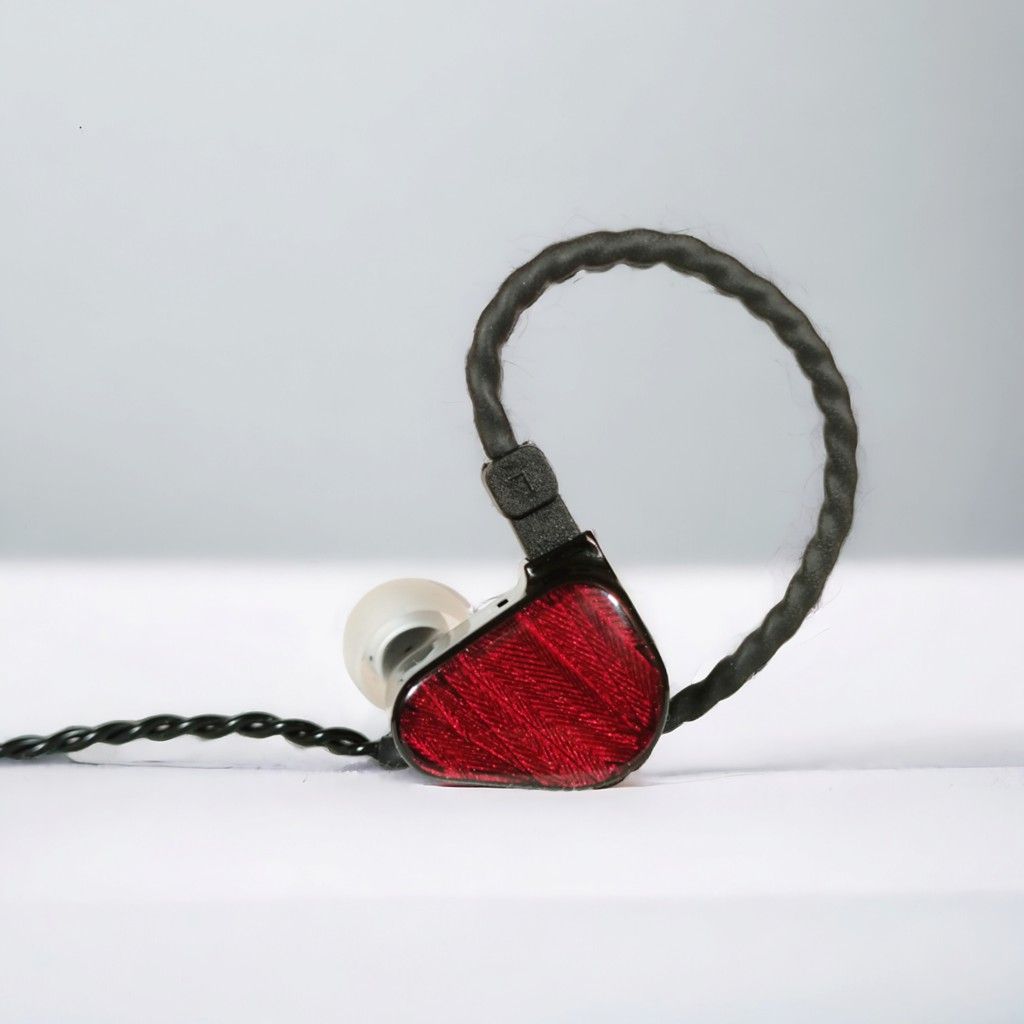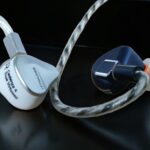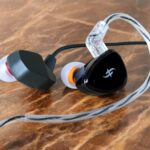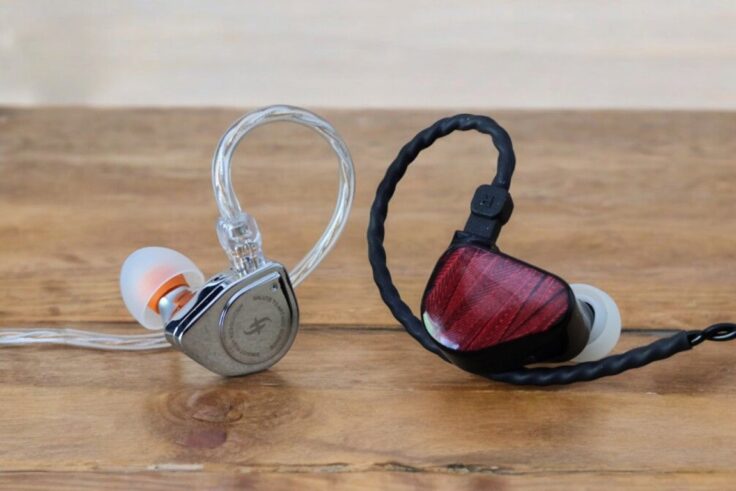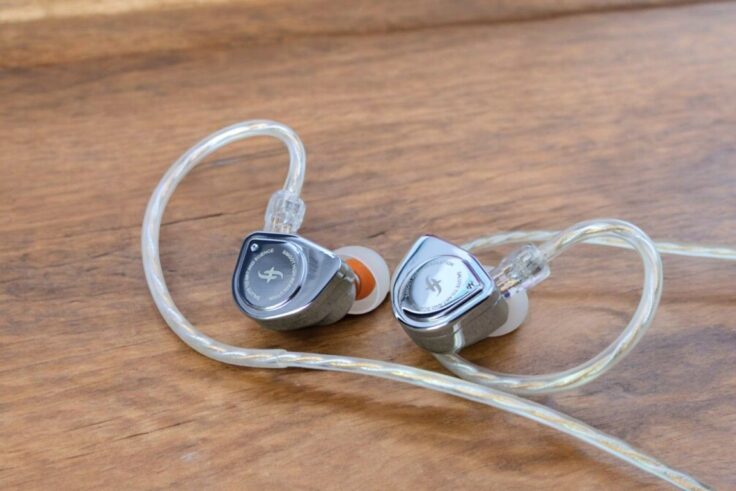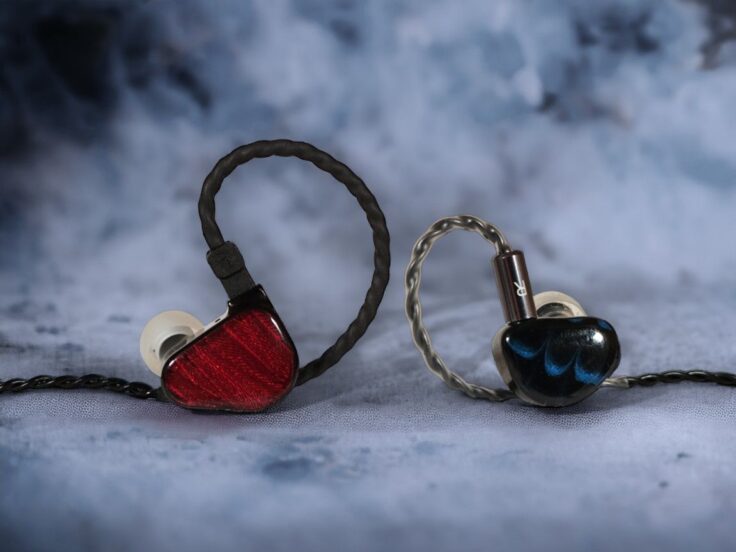The $55 Truthear x Crinacle Zero:RED has been a budget reference for more than a year by now. There are two reasons for the long name. First, the Zero:RED is based on its predecessor, the Truthear x Crinacle Zero. Second, the Zero IEMs are a collaboration between the established IEM manufacturer Truthear and the earphone-measuring internet phenomenon who calls himself ‘Crinacle’ and has been using his expertise to assist in the development and especially the tuning. There are currently two versions of the Zero, the Zero:RED and the Zero: BLUE. The only difference between them is the tuning. The RED is more neutral, while the BLUE has more bass and treble.
COLLABORATION
It has become somewhat of a trend that some reviewers collaborate with manufacturers. While this practice is not without its problems, primarily due to potential bias, it also has its benefits. Many reviewers bring valuable experience, well-trained ears, and extensive knowledge to the table, which can contribute to the development of better products.
However, it is crucial for both reviewers and consumers to approach these collaborations with a critical eye. Transparency is essential to maintain trust and ensure that reviews remain objective and informative. When managed correctly, these partnerships can lead to improved products and more insightful reviews, benefiting both manufacturers and consumers alike.
Ultimately, the key is finding a balance where collaborations enhance product development without compromising the integrity of the review process. By striving for honesty and transparency, the industry can harness the positive aspects of these partnerships while mitigating potential conflicts of interest.
At the time I finished this review, Crinacle announced that he would stop reviewing products altogether and dedicate all his effort into his new online IEM shop and continue developing earphones.
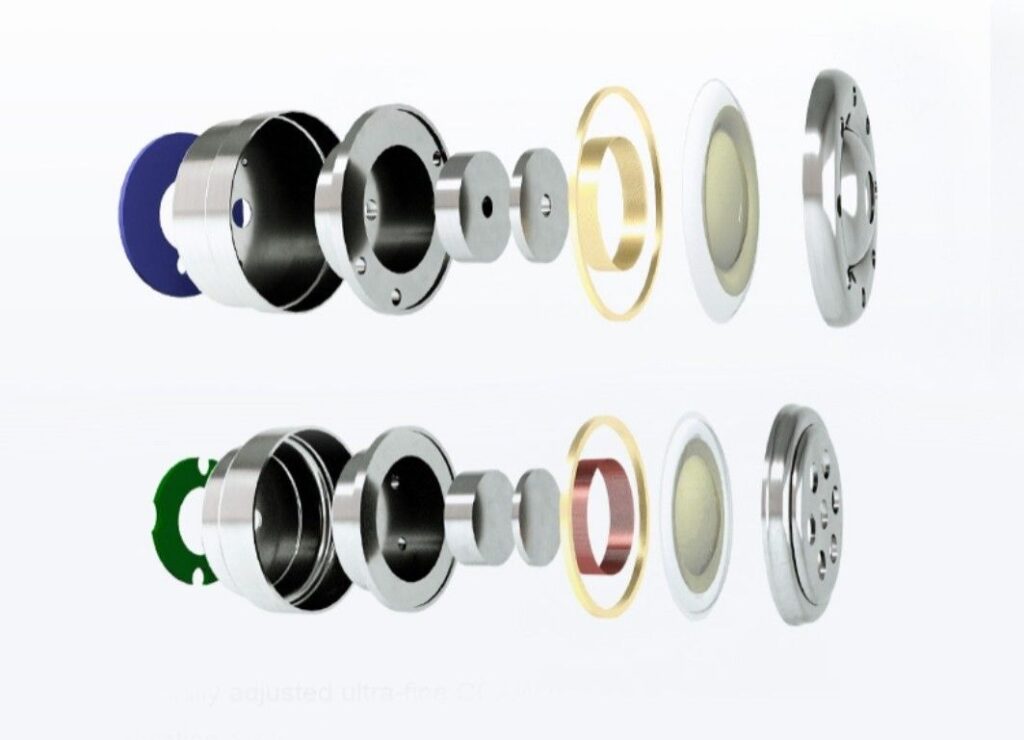
Truthear x CRINACLE ZERO:RED SPECIFICATIONS
- Two dynamic drivers: a 10mm for the bass and a 7.8mm for the mids and highs.
- Diaphragm: Polyurethane Suspension LCP Liquid Crystal Composite Diaphragm
- Impedance: 17.5 Ω +/- 15% @1KHz
- Sensitivity: 117.5 dB/Vrms @1KHz
- THD: < 1%@ 1khz
- Frequency Response Range: 20-40. 5kHz (IEC61094, Free Field)
- Effective Frequency Range: 20-20kHz (IEC60318-4, -3dB)
Check the price on Amazon: ZERO:RED
BUILD AND DESIGN
The Zero:RED utilizes a dual-dynamic driver setup, with a 10mm driver for the bass and a 7.8mm driver for the mids and treble. The diaphragm is made of a liquid crystal composite and uses polyurethane suspension.
The housing is quite large and built of composite resin. The size would not bother me if it were not for the extremely long nozzles. I am certain it fits better for other people because it is a very popular earphone, but for me, the nozzles are so long that the housing does not rest in the cavity of my outer ear like most IEMs, leaving an unnecessary gap that makes the earphone protrude unecessarily.
The cable is of decent quality and has ear hooks built-in. The supplied ear tips are okay, but nothing special.
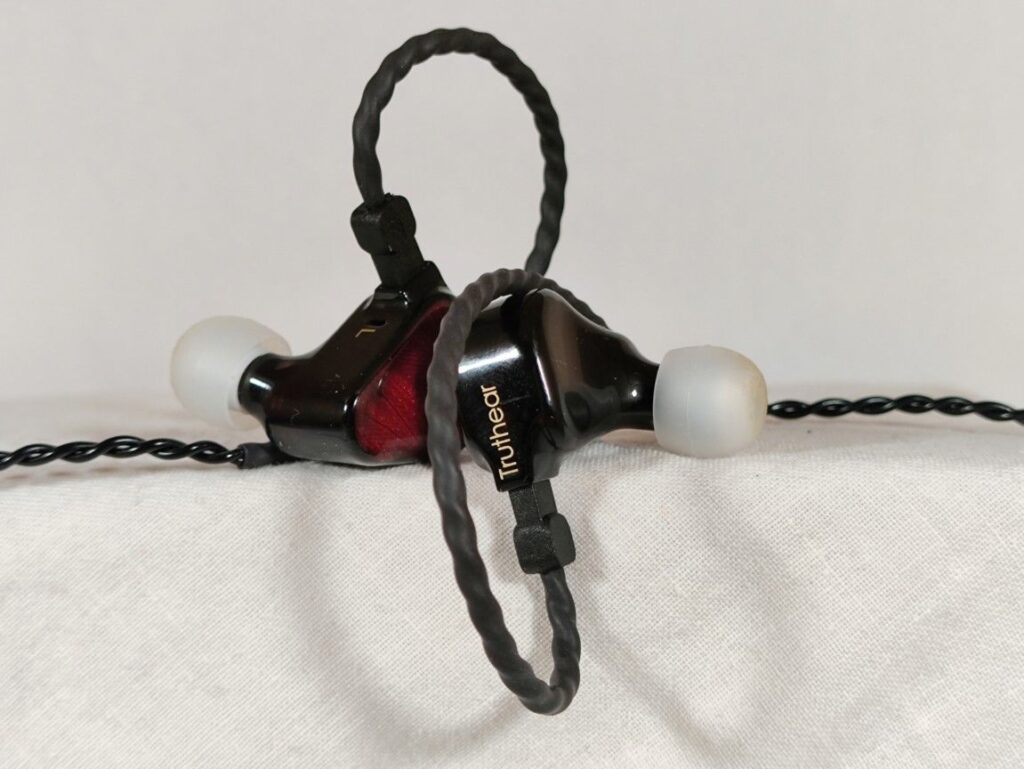
LISTENING IMPRESSIONS
For this session, I mainly used the Topping A90 as an amplifier and the RME ADI-2 DAC FS as a source. The RME sounds excellent by itself, but it’s more practical for me to use the Topping. It usually works very well with IEMs, but as I will elaborate on later, the Zero:RED is picky, and it sounds fantastic on the Sparkos Labs Gemini hybrid tube amp. However, the Zero:RED still does work quite well with portable gear. I especially found the Letshuoer DT03 to be excellent; actually, it sounds somewhat better than the Topping A90.
Anyway, I stuck with the Topping A90, because it’s better than many of the alternatives. Keep in mind, though, that I would have been a lot more enthusiastic had I used the Sparkos Labs Gemini.
Here are my track-by-track impressions:
Bored by Deftones
With my normal, quite moderate listening volume level, it sounds okay, but nothing special. I do miss some presence in the bass. However, cranking up the volume helps.
Filth Pig by Ministry
Also here, the bass could be fuller sounding, but the Zero:RED gives a decent performance. It’s quite spacious.
Limit to Your Love by James Blake
The vocals are nice and present-sounding, and the piano is crisp. The massive bass is handled very well, and the percussion is snappy.
Scratch Bass by Lamb
This is another bass-heavy track where the bass is handled very well by the Zero:RED. The general presentation, however, is not especially crisp, and the dynamics aren’t fantastic, but it’s nice enough. The soundstage is quite wide, with good imaging.
Where is My Mind by Pixies
This alternative rock classic sounds decent but a bit flat. I don’t find the Zero:RED to deliver the dynamic contrast this track deserves.
Lovers in the Sun by David Guetta
This vocal-heavy electronic track is often too crisp to be enjoyable, but the Zero:RED makes it relatively smooth and more listenable. The bass is punchy, and the vocals are present without becoming edgy. However, I need the volume to be higher than usual to find it a really good listen.
Slow by Leonard Cohen
I find the tonal balance to be quite nice. The bass is relatively dynamic, but the vocals are a bit flat-sounding.
Never Forget the Good Ones by Solveig Slettahjell
I find it to sound nice enough, but the vocals are a bit flat and uninspiring. The piano and bass feel better articulated.
Summer 3, Vivaldi Recomposed by Max Richter
Especially if I crank up the volume, this sounds very good. The strings are nicely rendered, the soundstage and imaging are good, and the dynamic contrast is fine.
Young Vivaldi Violin Concerto RV 820-I by Modo Antiquo
This also sounds very good as long as I keep the volume above moderate. The tuning is well-balanced, and it sounds natural and enjoyable.
As Before by Olga Konkova
The cajôn drum is quite punchy and dynamic. The piano is crisp and clear, the vocals are present.
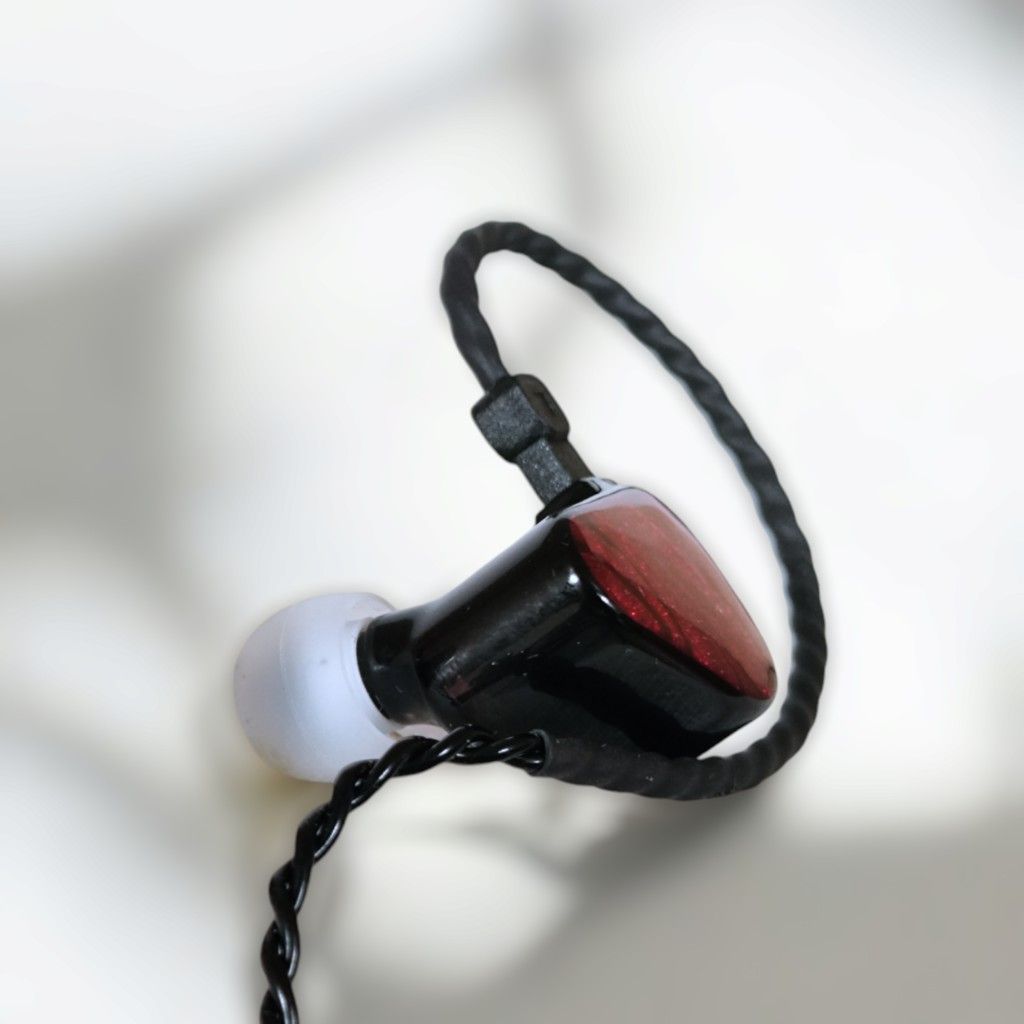
WRAPPING IT UP
Sounds Signature
The original Zero was tuned to closely follow the Harman Target Curve, whereas the Zero:RED has been adjusted to match Crinacle’s preferences, most notably with reduced bass. Overall, I find the tuning to be excellent and well-balanced. It’s worth noting that the box includes an impedance adapter that boosts bass by appr. 3 dB for those who prefer more bass.
It’s worth noting that the Zero:RED’s performance, including the perceived sound signature, is quite dependent on getting a good match with the amplifier.
Treble
The treble isn’t overly bright or crisp, but it’s not very laid-back either. I like the treble quantity-wise, but it lacks dynamics at lower listening levels with many amps.
Midrange
The midrange presence is quite neutral, but it is not the warmest and most glowing midrange I’ve heard. The dynamics are not impressive, at lower playback volumes, unless you get a very good amplifier match. There’s a dryness to the timbre with many amps, but with a good match, the midrange is pretty good overall.
Bass
The bass is well balanced, and I mostly find it to be sufficient in quantity and of good quality. With some music, though, I tend to wish for more bass presence.
With the wrong amp playing at lower volume levels, the bass lacks both presence and punch.
Soundstage and Imaging
The sound stage is average for a good budget IEM, and the imaging is quite good, but somewhat diffuse on lower listening levels or a amp match. It generally gets better if you turn up the volume.
Detail, Dynamics and Timbre
The detail level is good for the price, but I’m not blown away, unless I power it with the $999 Sparkos Labs Gemini desktop amp. Dynamics are mostly quite good, especially if you are not playing on too modest volume levels. I find the timbre, mostly in the mids, to be a bit on the dry side, not as organic as some of the alternatives. However, if you get the amp right, dynamics, detail, and timbre improve significantly.
COMPARISONS
KIWI EARS CADENZA vs. Zero:RED
The Cadenza is a budget favorite, and at only $35, it’s significantly cheaper than the Zero:RED. It utilizes a large 10mm driver with a Beryllium-coated diaphragm and features a compact and comfortable resin housing, which I clearly prefer over the Zero:RED.
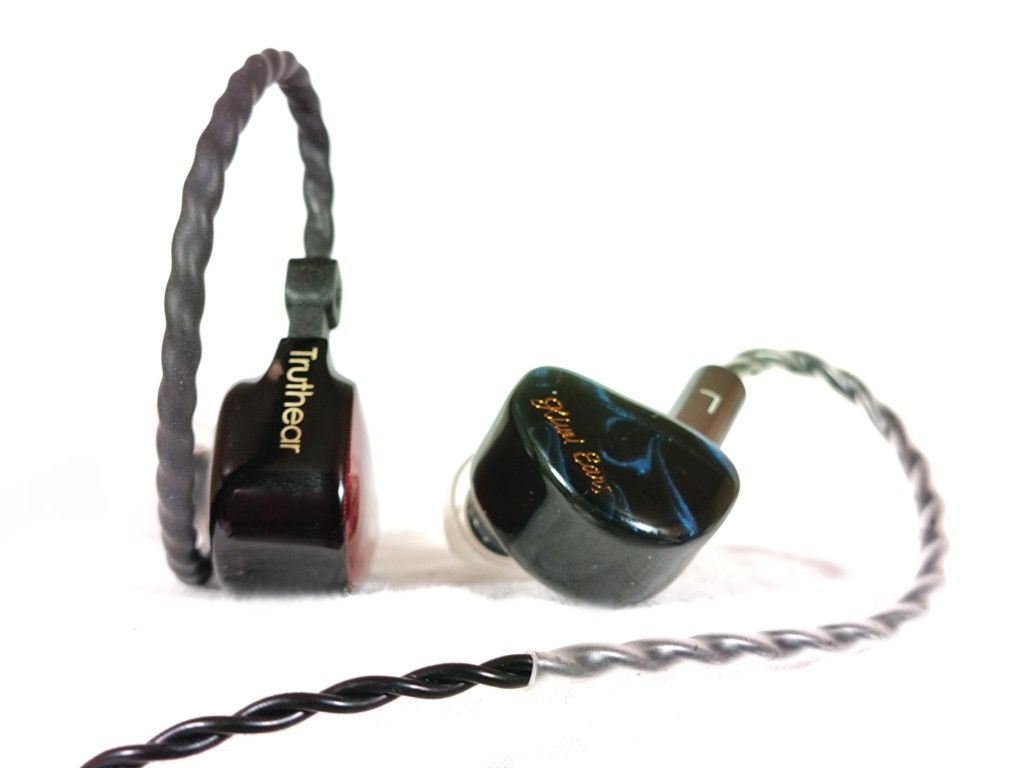
Both IEMs are tuned towards a variation of the ‘Harman curve’. The Cadenza generally has a more laid-back sound and is more relaxed in the highs. However, I find their treble to be equally resolved, although the Cadenza presents details in a slightly less pronounced manner.
When it comes to the midrange, the Cadenza does not have the dry metallic timbre that the Zero:RED often exhibits. The Cadenza is more polite and somewhat more diffuse, but at the same time, it sounds more natural and has more body. However, sometimes it feels boring and flat compared to the Zero:RED.
The Cadenza generally delivers more bass quantity, but whether it comes off as more or less bass-heavy depends on the track. The bass is not as prescice as on the Zero:RED.
Both IEMs have good dynamics and detail levels, but the Zero:RED is more articulate. In terms of timbre, the Cadenza is more consistent. I find the midrange on the Zero:RED can sound a bit dry and metallic, whereas the Cadenza mostly has a very natural-sounding midrange that is very complete across the frequency spectrum most of the time.
The soundstage is similar on both IEMs. The Cadenza’s soundstage is good, but the imaging is not as clean and precise as on the Zero:RED.
With regards to amplification, I find the Cadenza to be less picky, but also to be less spectacular when you really get it right.
You can check out the Cadenza here:
- Buy on Amazon: Kiwi Cadenza
- Buy on Linsoul: Kiwi Cadenza
SIMGOT EW200 vs. Truthear x Crinacle Zero:RED
The EW200 has a single 10 mm driver with a silicon crystal diaphragm. It features Simgot’s “dual-magnetic circuit and dual-cavity” design. It is made out of metal and is significantly smaller than the Zero:RED.
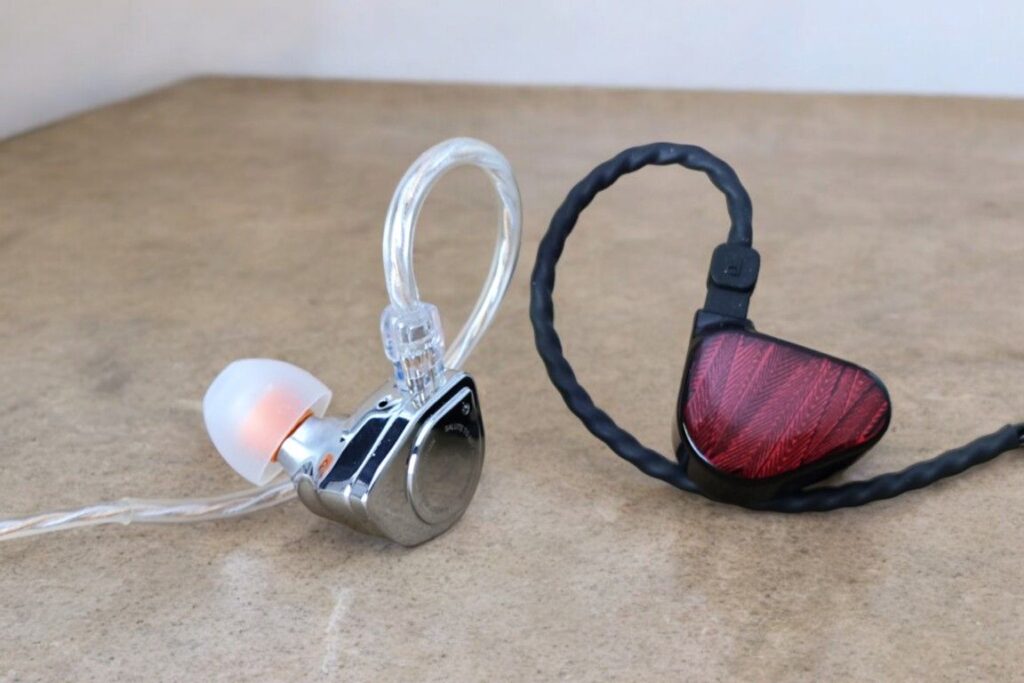
When it comes to sound, the EW200 is not quite as neutral-sounding as the Zero:RED. The treble is more sparkly and articulate with the EW200. The midrange is nicely pronounced with both earphones, and it’s given a good amount of room. It does, however, sound more organic and alive with the EW200 and slightly flatter with the Zero:RED. The bass is also generally more pronounced with the EW200, but it is nicely rendered with both earphones, with a good balance between warmth and definition.
The soundstage and imaging capabilities are pretty good on both. When it comes to detail retrieval, they are in the same ballpark, but they render the details differently. The Zero:RED sounds less energetic and articulate. In other words, there are better microdynamics with the EW200. The flip side of this is that Zero:RED is smoother, which can sometimes be a good thing, depending on the track. Macrodynamics are generally also better with the EW200, offering better dynamic contrast in general.
With regards to timbre, I find the EW200 to sound more natural and organic. The Zero:RED has a very even but also somewhat flatter way of presenting the music. It sounds like it plays it more safely. That sometimes certainly has its advantages, but mostly I find the EW200 to feel more musical.
You can check out the EW200 here:
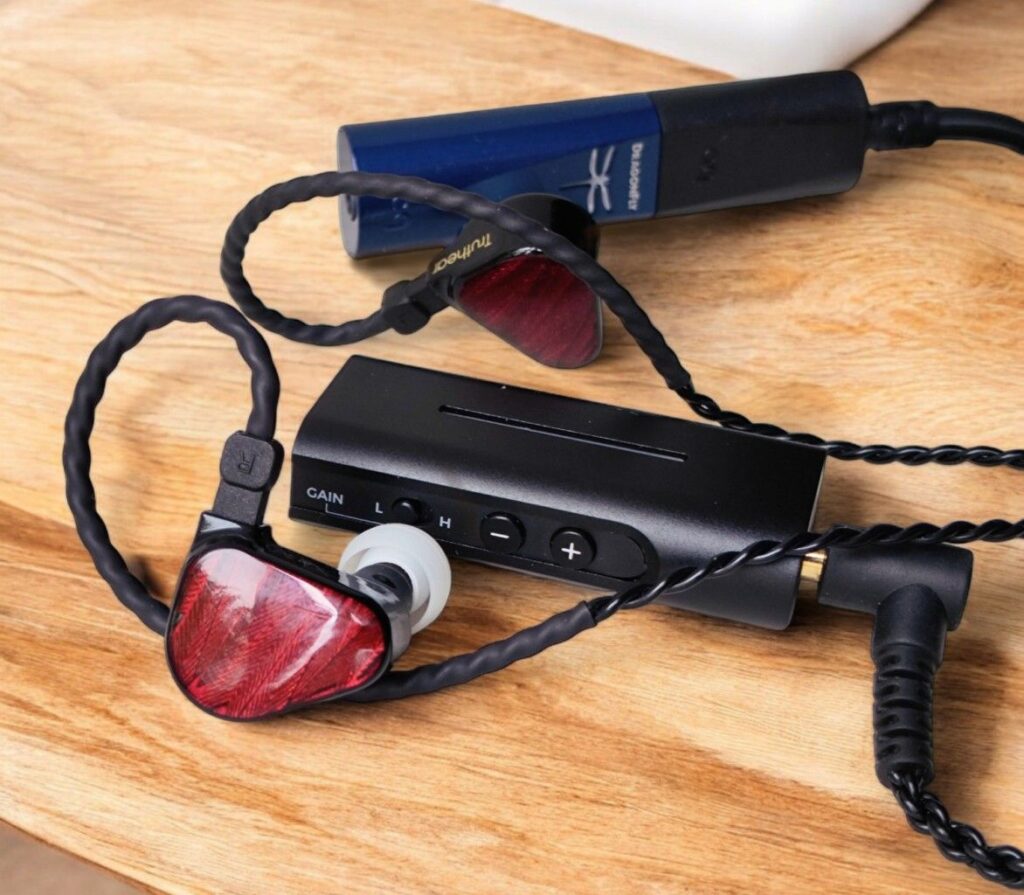
AMPLIFICATION
I often use the Topping A90 and the RME ADI-2 DAC FS for my listening tests. It’s practical for me when reviewing, and that way I know I have neutral, quality upstream gear. Normally, the Topping A90 does a good job, but with the Zero:RED, it’s not optimal. When I try the excellent $999 Sparkos Labs Gemini hybrid tube amp, the Zero:RED completely transforms, and it’s very apparent that the Zero:RED is picky on the amplifier. The mighty little Gemini doesn’t feel wasted. With it, all my complaints about lacking dynamics vanish. It’s by far the best amp I’ve tried with the Zero:RED, and makes the $55 IEM perform far above its price.
However, most people won’t buy a $999 desktop amp for the Truthear Zero:RED, and I move over to portable options. I start out with Quboz on my POCO F5 phone’s headphone output. The Zero:RED sounds quite alright, but far from its potential. It typically stays in the 50–60% volume range.
The xDuoo Link2 Bal sounds significantly better, quite similar to the THX Onyx, both running at 50–60%. The Dragonfly Cobalt sounds even better. It’s clearer and has better definition, running at 50%.
However, my favourite portable options are two recently released USB mini DACs: The Jade/FiiO JA11 and the Letshuoer DT03. Both sounds really excellent. The DT03 might have the best synergy with the Zero:RED of all the amps I have tried, with the exception of the Sparkos Labs Gemini desktop amp.
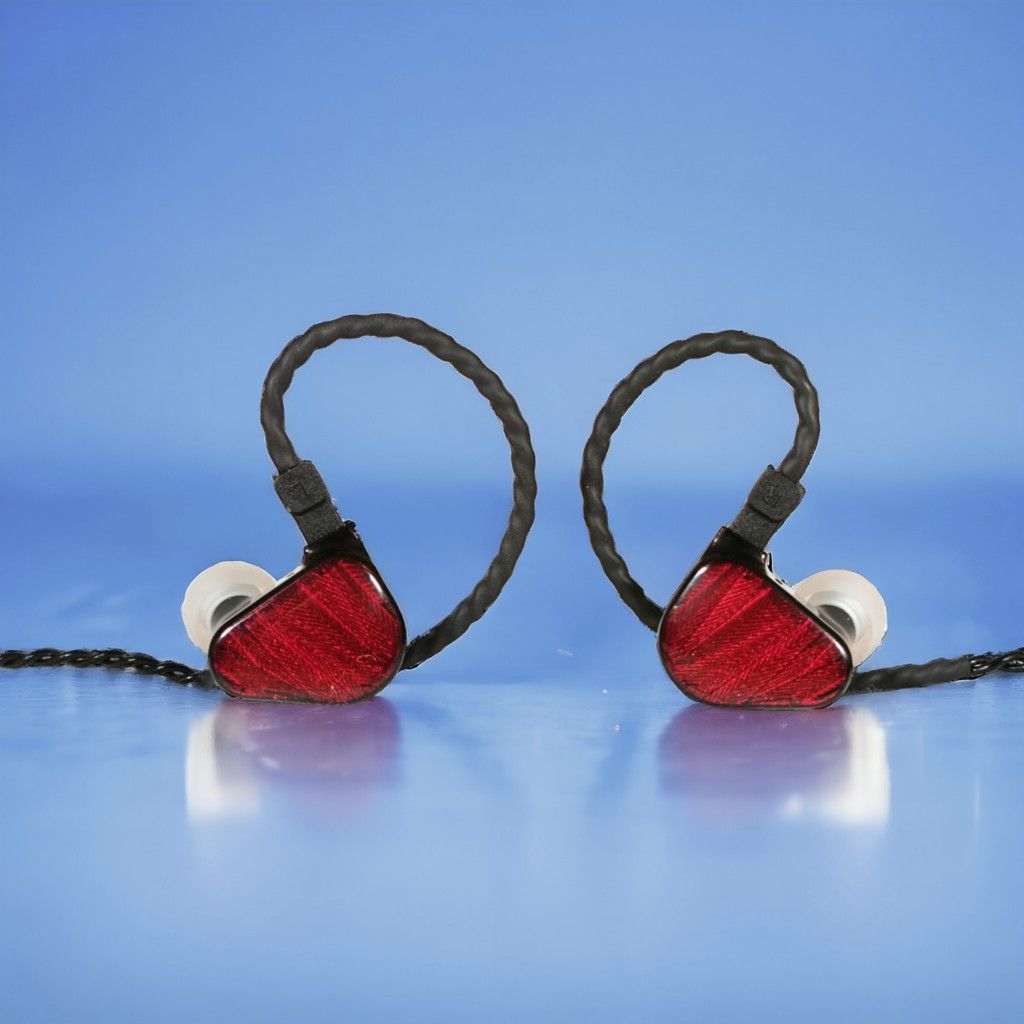
CONCLUSION
The Truthear Zero:RED was a challenging IEM to review due to its high sensitivity to amplifier pairing. When matched well, it delivers impressive sound quality, but with some amps, it can sound a bit flat and uninspiring. Because of this variability, I find it difficult to give a general recommendation for it. For a more consistent experience, I personally find the $35 Simgot EW200 to be a safer choice.
Another notable aspect of the Zero:RED that gives me pause in recommending it is the unusually long nozzles, which may cause it to protrude more than necessary for many users.
That said, when paired with the Sparkos Labs Gemini hybrid tube desktop amp, I am baffled at the Zero:RED’s sound quality. It also performs fabolous with the Dragonfly Cobalt, Fiio JA11, and the Letshuoer DT03 USB dongles, and with any of these or similar sounding gear, the Zero:RED is a great performer.
You can purchase on Amazon here: ZERO:RED
Any purchase you make on Amazon or Linsoul with any of our affiliate links will give us a small provision at no cost to you.
We only get a provision for items that are not returned, so there’s no incentive for us to recommend something that’s not good.
Linsoul : Headphones, Earbuds, Wireless Earbuds, Desktop DAC/AMP, Portable DAC/AMP, Digital Audio Players,
Amazon: Headphones, IEMs, Headphone Amplifiers, Home Audio or Anything else.
.
If you enjoyed this article or other content on The Headphoneer, you might consider leaving a small donation to keep this website up and running. No donation is too small. Thanks for supporting us!
If you like our work please follow us on Instagram, Facebook and Twitter , it will help us grow. Sharing is caring 🙂


